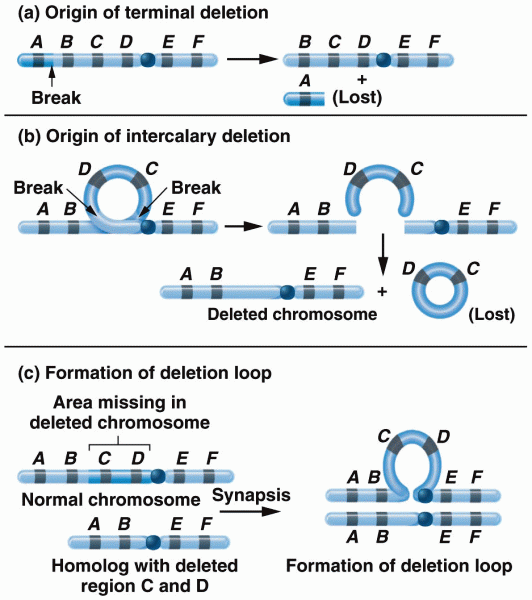|
|
|
Malaria mortality rates are falling. Increased malaria prevention and control measures have greatly improved these rates. Since 2000, malaria mortality rates have fallen globally by 60% among all age groups, and by 65% among children under age 5.
Drying your hands with a paper towel will reduce the bacterial count on your hands by 45–60%.
Most fungi that pathogenically affect humans live in soil. If a person is not healthy, has an open wound, or is immunocompromised, a fungal infection can be very aggressive.
Adolescents often feel clumsy during puberty because during this time of development, their hands and feet grow faster than their arms and legs do. The body is therefore out of proportion. One out of five adolescents actually experiences growing pains during this period.
Eat fiber! A diet high in fiber can help lower cholesterol levels by as much as 10%.
 This battery-powered tester uses light-emitting diodes (LEDs), meter lead terminals, and two small ...
This battery-powered tester uses light-emitting diodes (LEDs), meter lead terminals, and two small ...
 MAP sensors use three wires: 1.5 volt reference from the PCM 2. Sensor signal (output signal) 3. ...
MAP sensors use three wires: 1.5 volt reference from the PCM 2. Sensor signal (output signal) 3. ...





